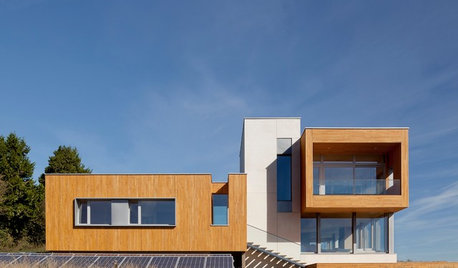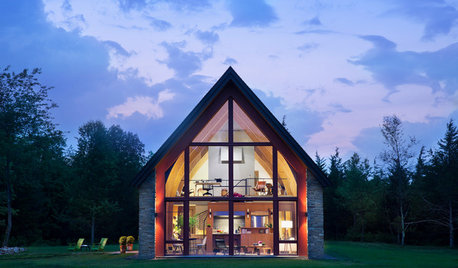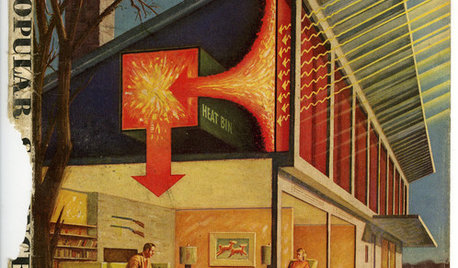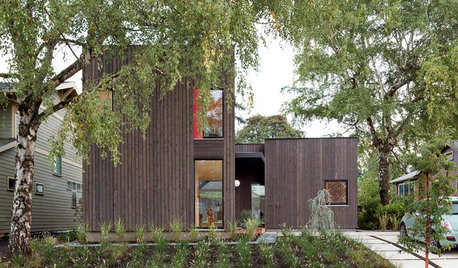Passive solar backup heat?
smile3
18 years ago
Related Stories

GREEN BUILDINGHouzz Tour: Passive House in Vermont Slashes Heating Bills
Its ecofriendly, low-maintenance design leaves a family with more time to relax and enjoy the weekend home
Full Story
GREEN BUILDINGSunlight Used Right: Modern Home Designs That Harness Solar Power
Embracing passive heating principles through their architecture, siting and more, these homes save energy without skimping on warmth
Full Story
GREEN BUILDINGGoing Solar at Home: Solar Panel Basics
Save money on electricity and reduce your carbon footprint by installing photovoltaic panels. This guide will help you get started
Full Story
GREEN BUILDINGThe Passive House: What It Is and Why You Should Care
If you don’t understand passive design, you could be throwing money out the window
Full Story
HOUZZ TOURSHouzz Tour: Innovative Home, Heated and Cooled by Design
Meet the Hudson Passive Project, one of the most energy-efficient home designs in the world
Full Story
FLOORSIs Radiant Heating or Cooling Right for You?
Questions to ask before you go for one of these temperature systems in your floors or walls (yes, walls)
Full Story
GREEN BUILDINGChampioning the Solar House, From the 1930s to Today
Homes throughout history that have used the sun offer ideas for net-zero and passive homes of the present, in a new book by Anthony Denzer
Full Story
GREAT HOME PROJECTSHow to Add a Solar Water Heater
Lower energy bills without a major renovation by putting the sun to work heating your home’s water
Full Story
GREEN BUILDINGLet’s Clear Up Some Confusion About Solar Panels
Different panel types do different things. If you want solar energy for your home, get the basics here first
Full Story
GREEN BUILDINGHouzz Tour: Passive House Principles, Active Benefits in Portland
Lower energy bills and consistent temperatures are just two of the advantages of this architect’s newly built home
Full Story





mgmsrk
smile3Original Author
Related Professionals
Danville Solar Energy Systems · East Brunswick Solar Energy Systems · East Lake Solar Energy Systems · Hemet Solar Energy Systems · Swansea Solar Energy Systems · Bell Design-Build Firms · North Bellport Home Builders · Accokeek Home Builders · McKinney Home Builders · Waimalu Home Builders · Brentwood Roofing & Gutters · Frisco Roofing & Gutters · Reno Roofing & Gutters · Sand Springs Roofing & Gutters · Sarasota Roofing & GuttersRCMJr
chuckr30
bry84
chuckr30
smile3Original Author
smile3Original Author
RCMJr
smile3Original Author
mgmsrk
smile3Original Author
goatgirl